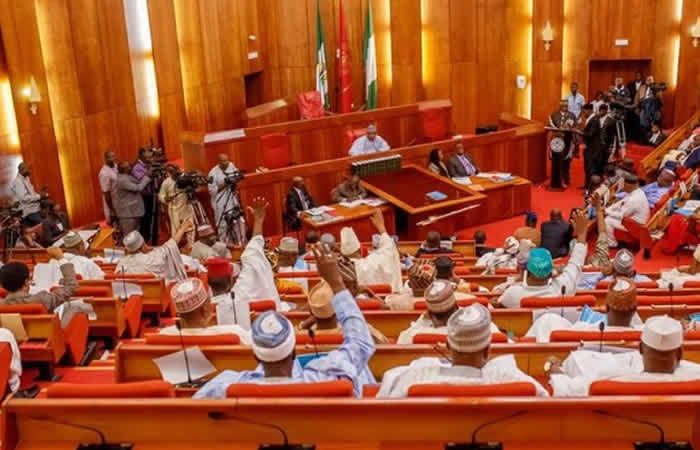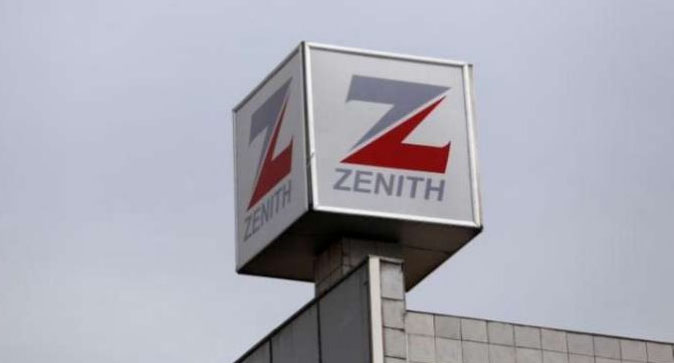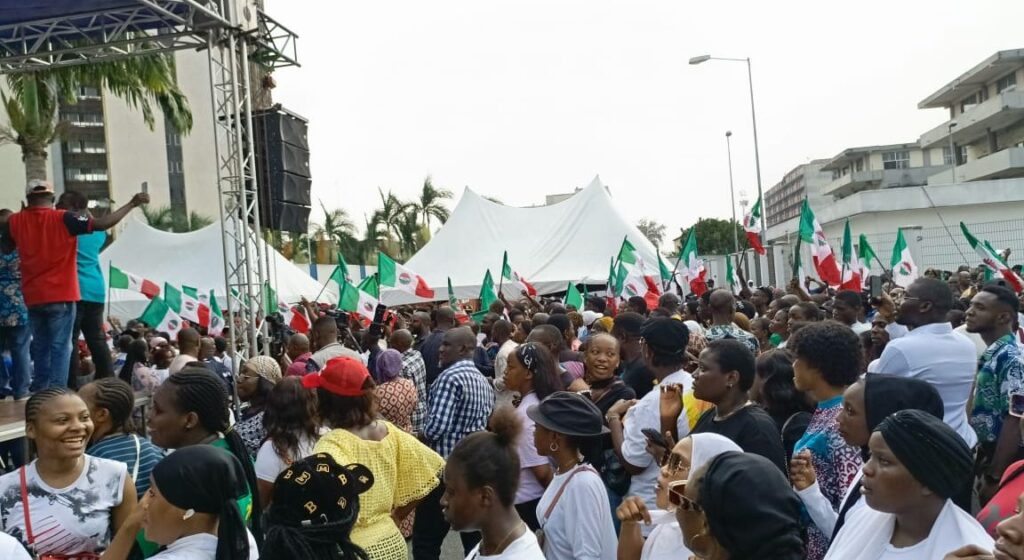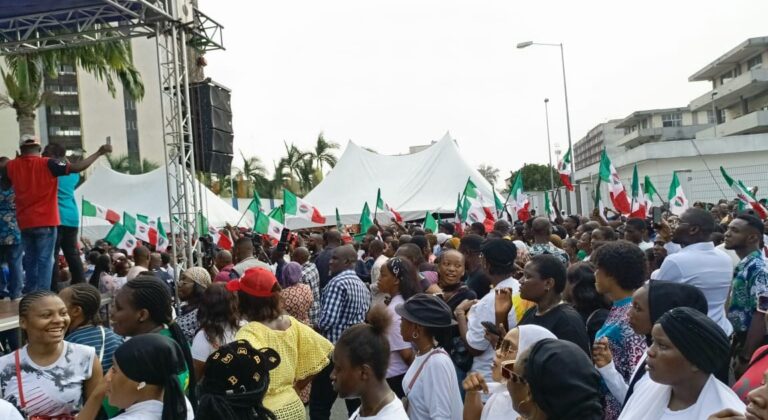The performance of Nigerian banks in the second half of the year is projected to largely depend on the progress they make in the recapitalisation process and their ability to maintain dividend payments.
This was the position of analysts at investment house Comercio Partners in its H2 2025 Macroeconomic Outlook, titled ‘Reconfiguration: From Global Trade to Quantum Innovation, a New Economic Era Emerges.’
This projection comes as the Central Bank of Nigeria said that eight banks have met the new recapitalisation requirements ahead of the March 2026 deadline.
In March 2024, the CBN directed commercial banks with international authorisation to increase their capital base to N500bn and national banks to N200bn, while those with regional authorisation are expected to achieve a N50bn capital floor. Similarly, non-interest banks with national and regional authorisations will need to increase their capital to N20bn and N10bn, respectively. CBN gave the banks a deadline of March 2026.
At the end of the 301st meeting of the Monetary Policy Committee in Abuja last Tuesday, the apex bank governor said, “The MPC noted that eight banks have fully met the recapitalisation requirements, while others are making progress towards meeting the deadline.”
Also, a major consideration for banks in the second half of the year is the ending of forbearance loans and Single Obligor Limits as directed by the Central Bank, even as it mandated lenders to submit a capital restoration plan.
The plan was expected to include the affected banks’ “management’s proposed strategies to restore full regulatory compliance, including (but not limited to) cost optimisation initiatives, risk asset reduction, significant risk transfers, and necessary business model adaptations. The plan must cover the entire period until full normalisation of capital and asset quality indicators is achieved.”
Initially, while a majority of the banks affected by the CBN directives have offered reassurances that they would exit the exposure within the required timeframe, analysts have said these two regulatory factors will have an impact on the banking sector in H2.
Comercio Partners, in its half-year report, stated, “Market performance will reward recapitalisation progress, dividend reinstatement given the recent forbearance policy, and continuous profitability on bottom lines. The sector’s narrative is evolving from exponential growth to sustainable profitability, anchored in capital strength and risk discipline.
“The Nigerian banking sector will enter H2 2025 with moderated but resilient growth. Key dynamics include: With the MPR stable at 27.5 per cent, net interest margins may face mild firmness from rising funding costs and competitive lending terms. FX gains will fade further amid naira stability and the 70 per cent windfall tax; non-interest income will normalise, shifting focus to core banking resilience and operational efficiency. Banks like GTCO, with clean balance sheets and consistent dividends, will outperform. Those under regulatory pressure and investor caution (e.g., Access, Zenith, and First Bank) may face valuation discounts until dividend clarity emerges.”
The report added that as monetary conditions ease, the banking sector’s performance will increasingly depend on operational excellence rather than macroeconomic tailwinds.
“Interest income will remain a core pillar, but its dominance may wane as margin compression emerges amid stabilising rates. Future success through the 2025–2026 cycle will hinge on three key levers: effective management of funding costs and margins, proactive capital strategies to meet recapitalisation thresholds, and rigorous asset quality discipline to mitigate risks from legacy loan exposures. Banks that master this transition from riding high yields to executing with precision will likely lead the pack in delivering shareholder value,” the report added.
Cardinalstone maintained that the medium- to long-term case for Nigerian banks remains solid, and “Even near-term tactical opportunities can open up if coverage names surprise market watchers by maintaining their dividends in line with guidance. We remain constructive on fundamentally sound banks with clean balance sheets and scalable earnings models.














